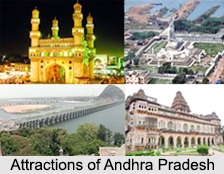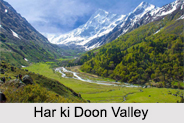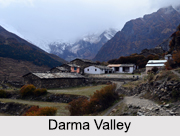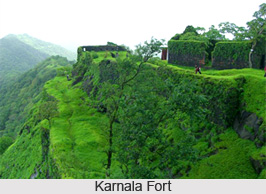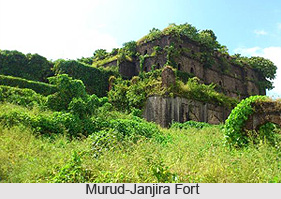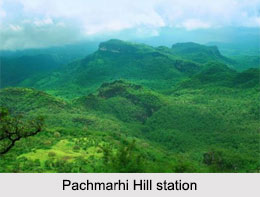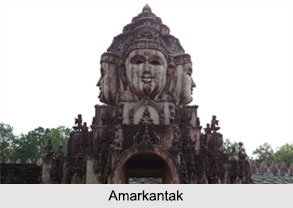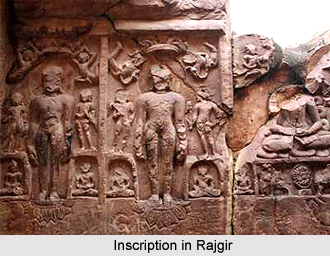Buldhana District, located in the state of Maharashtra,
India, has a rich historical background. The district derives its name from the
city of Buldhana, which is also its administrative headquarters. Historically,
Buldhana has been a significant region, with its roots tracing back to ancient
times. It was part of the Vidarbha region, which finds mention in early Hindu
scriptures and epics. Over the centuries, Buldhana was under the rule of
various dynasties, including the Satavahanas, Vakatakas, and Rashtrakutas. The
region was later influenced by the Mughal Empire and subsequently became part
of the Maratha Empire under the Peshwas. Post-independence, Buldhana was
incorporated into the state of Maharashtra in 1960.
Geography of Buldhana District
Geographically, Buldhana District is situated in the western region of Vidarbha, bordered by the districts of Jalgaon and Akola to the north, Jalna to the west, and Washim to the south. The district covers an area of approximately 9,644 square kilometers and is predominantly hilly, with the Satpura Range extending across its northern boundary. The region is characterized by a mix of fertile plains and rugged terrain, with the Purna and Penganga rivers serving as the primary water sources. The climate of Buldhana is tropical, with hot summers, moderate monsoons, and cool winters. The average annual rainfall ranges between 700 to 1,000 mm, contributing to the district's agricultural economy.
Cultural Significance of Buldhana District
Buldhana District is a melting pot of cultural influences, reflecting the diverse heritage of Maharashtra. The district is known for its traditional festivals, folk music, and dance forms, which are deeply rooted in the customs and beliefs of the local population. Ganesh Chaturthi, Diwali, and Makar Sankranti are celebrated with great fervor across the district. The local dialect is Marathi, and the people are known for their warm hospitality. The district also boasts a rich tradition of arts and crafts, including textile weaving, pottery, and metalwork. The cultural practices of Buldhana are closely tied to the agrarian lifestyle of its residents, with many festivals and rituals centered around the agricultural calendar.
Tourist Destinations in Buldhana District
Buldhana District offers several tourist attractions that draw visitors from across the state and beyond. One of the most famous destinations is the Lonar Crater, a unique geological formation created by a meteorite impact around 52,000 years ago. The crater, now filled with saline water, is surrounded by temples and is considered a site of both scientific and religious significance. Another notable destination is the Gajanan Maharaj Temple in Shegaon, a major pilgrimage site dedicated to the revered saint Gajanan Maharaj. The temple complex attracts thousands of devotees every year. Additionally, the Rajur Ganpati Temple, located in the town of Rajur, is another popular pilgrimage site in the district.
The district also offers natural attractions such as the Sindkhed Raja, the birthplace of Jijabai, the mother of Chhatrapati Shivaji Maharaj. The historical fort of Sindkhed Raja and the adjacent lakes and gardens make it a destination of historical and scenic interest. The Satpura hills and the Purna River also provide opportunities for trekking, bird watching, and other outdoor activities.
Buldhana
District is a region that beautifully blends history, culture, and natural
beauty. From its ancient historical significance to its vibrant cultural
traditions and diverse tourist destinations, Buldhana offers a unique
experience to visitors and residents alike. Whether it is exploring the
geological wonder of Lonar Crater or seeking spiritual solace at Shegaon's
temple, Buldhana District stands out as a significant region in Maharashtra.







